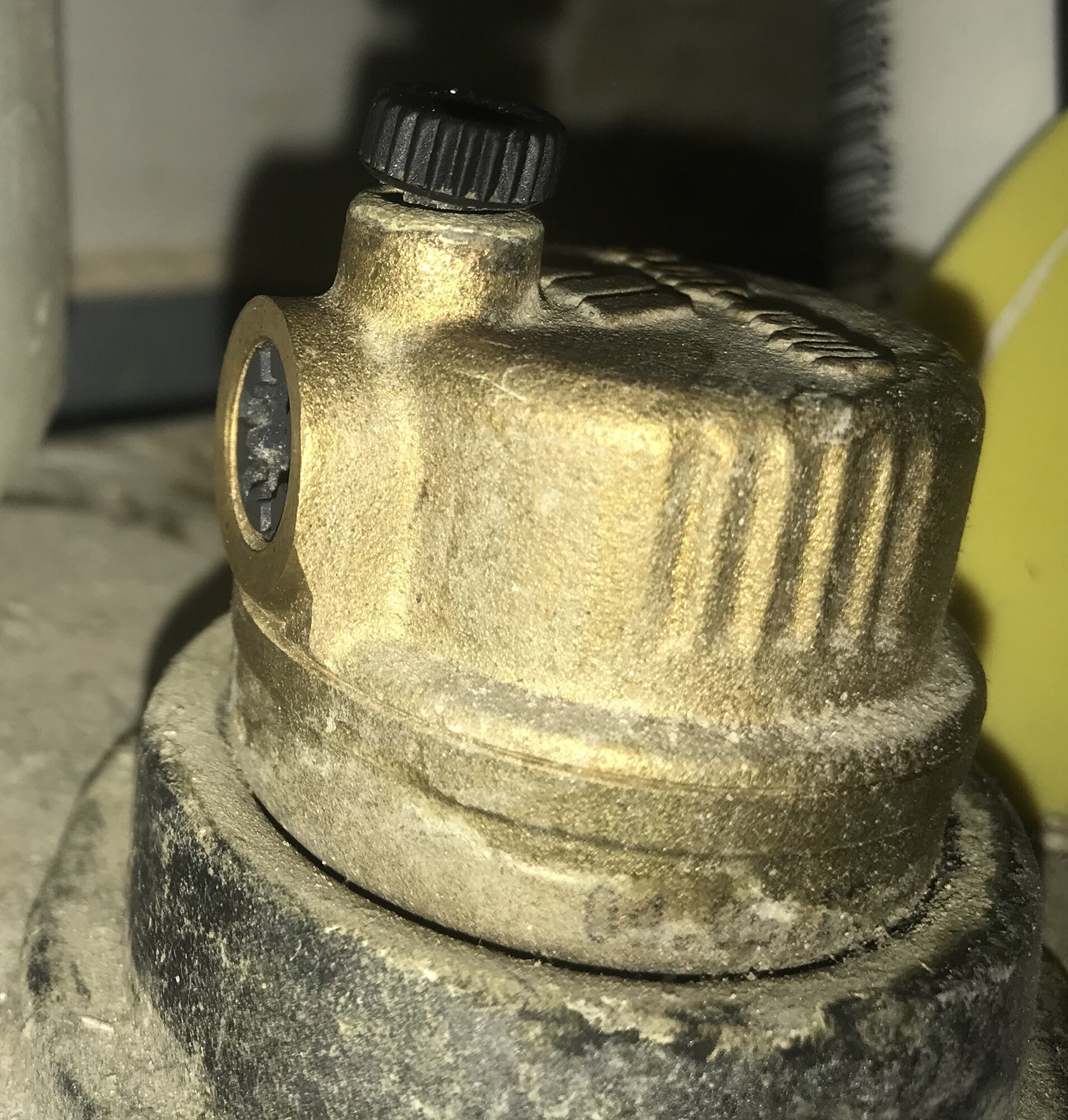- Joined
- 2 Nov 2020
- Messages
- 4
- Reaction score
- 0
- Country

Hi,
I've got a Main combi eco 25. When CH is running a lot, the pressure reaches 3 bar and the PRV seems to kick in as I can see a slow dribble from the outside pipe. I think what happens next is when CH is off for a while, the temp drops and the pressure also drops low enough so that the boiler won't start and gives the low-pressure error code.
We had a loft conversion over a year ago and I've also temporarily removed a couple of radiators for decorating and then re-hung them (and bled). I've wondered if this tinkering has got air trapped in the boiler..
From what I've read, it could be an issue with the expansion vessel. Could it also be an issue caused by air in the boiler? I've bled all rads with no joy.
The manual (link below) mentions an automatic air vent on the heat exchanger (at the top of the unit) and another one on the pump. We need to top up the loop at least once a day at the moment. When I do so, I loosen the screw on the top air vent, as that's accessible, and sometimes get a small escape of air but never very much. I don't get how the automatic vents are supposed to work - should you need to loosen the screw occasionally as that doesn't seem very 'automatic'
Any ideas on things to try? or ways to get air out of the system? I've seen mention of an anti-aeration process in manuals of other models but the eco 25 doesn't seem to have that function.
Any tips appreciated.
Will
Manual - https://baxi-public.partsarena.com/Documents/DOC_004447/DOC_004447.htm
I've got a Main combi eco 25. When CH is running a lot, the pressure reaches 3 bar and the PRV seems to kick in as I can see a slow dribble from the outside pipe. I think what happens next is when CH is off for a while, the temp drops and the pressure also drops low enough so that the boiler won't start and gives the low-pressure error code.
We had a loft conversion over a year ago and I've also temporarily removed a couple of radiators for decorating and then re-hung them (and bled). I've wondered if this tinkering has got air trapped in the boiler..
From what I've read, it could be an issue with the expansion vessel. Could it also be an issue caused by air in the boiler? I've bled all rads with no joy.
The manual (link below) mentions an automatic air vent on the heat exchanger (at the top of the unit) and another one on the pump. We need to top up the loop at least once a day at the moment. When I do so, I loosen the screw on the top air vent, as that's accessible, and sometimes get a small escape of air but never very much. I don't get how the automatic vents are supposed to work - should you need to loosen the screw occasionally as that doesn't seem very 'automatic'
Any ideas on things to try? or ways to get air out of the system? I've seen mention of an anti-aeration process in manuals of other models but the eco 25 doesn't seem to have that function.
Any tips appreciated.
Will
Manual - https://baxi-public.partsarena.com/Documents/DOC_004447/DOC_004447.htm
Last edited:

